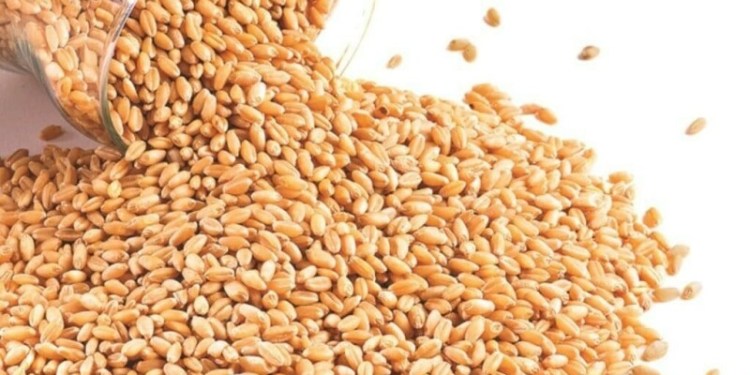Southeast Asia is poised to turn into a net importer of PVC this year, led by forecasts of Malaysian imports nearly doubling to 145,000 mt with the permanent closure of its largest PVC plant and rising demand, a market source said this week.
The region is expected to flip into a net importer of 113,000 mt this year, in contrast to net exports of 35,000 mt last year.
This is mainly based on projections of Malaysia’s gross imports surging 93% year on year to 145,000 mt, from 75,000 mt/year in 2012.
This would place Malaysia as top Southeast Asian importer this year, overtaking Vietnam — where gross imports are estimated at 110,000 mt — and Thailand, at 80,000 mt in 2013.
Malaysia’s import demand is driven primarily by state-owned Petronas Chemical Group’s ceasing of operations at its 150,000 mt/year PVC and 440,000 mt/year vinyl chloride monomer (VCM) plants at Kertih on January 1, the source said.
This would cut the country’s total PVC output capacity to 160,000 mt/year by end 2013 from 275,000 mt/year, after factoring in Kertih Plastic Park’s expansion of its 30,000 mt/year PVC plant to 65,000 mt/year in 2013.
As a result, PVC production is set to fall correspondingly to an estimated 110,000 mt this year, from 170,000 mt in 2012.
At the same time, demand is expected to rise to 205,000 mt in 2013, from 200,000 mt last year, leading to the country’s huge import appetite, the source added.
Total gross imports of PVC by Southeast Asia in 2013 is forecast at 579,000 mt against gross exports of 466,000 mt/year.
Last year, Southeast Asia imported 466,000 mt and exported 501,000 mt of PVC.
“South Korea and China-origin PVC producers may be able to exercise the increase in PVC demand from Malaysia as PVC from the countries take free import duty,” the source noted.
Source: platts.com



























